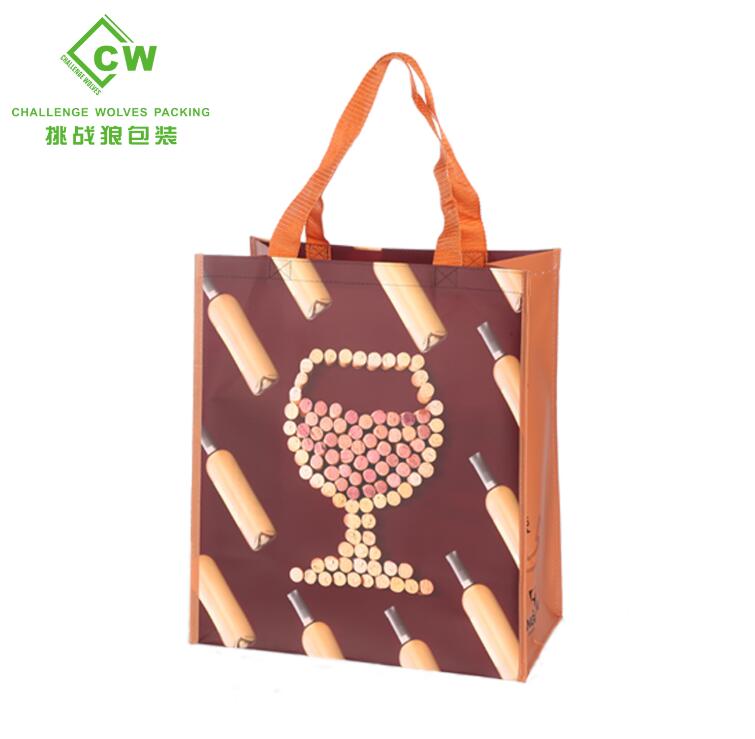Strength in Sustainability: Comparing the Durability of Non-Woven Bags and Plastic Bags
2024-03-04
Introduction:
In the ongoing quest for sustainable alternatives to single-use plastics, non-woven bags have emerged as a durable and eco-friendly option. While plastic bags have long been ubiquitous due to their low cost and convenience, they often lack the durability needed for repeated use. In this blog, we'll explore the durability of non-woven bags compared to plastic bags, highlighting the strengths of non-woven bags and their role in reducing plastic waste.
1. Durability of Non-Woven Bags:
Non-woven bags are engineered to withstand the rigors of daily use and offer exceptional durability compared to plastic bags. Constructed from synthetic materials such as polypropylene or polyester, non-woven bags are tear-resistant, water-resistant, and capable of carrying heavy loads without breaking. The fibers used in non-woven bags are bonded together through heat, pressure, or chemicals, creating a strong and resilient fabric that can withstand wear and tear over time.
2. Strength and Load-Bearing Capacity:
One of the key advantages of non-woven bags over plastic bags is their superior strength and load-bearing capacity. Non-woven bags are designed to carry heavier items such as groceries, books, or household essentials without stretching or tearing. The reinforced seams and handles of non-woven bags distribute weight evenly, reducing the risk of breakage or damage even when carrying bulky or heavy items.
3. Resistance to Wear and Tear:
Plastic bags are notorious for their tendency to tear or puncture easily, especially when subjected to sharp objects or rough handling. In contrast, non-woven bags are highly resistant to wear and tear, making them suitable for repeated use in various settings. Whether used for grocery shopping, travel, or everyday errands, non-woven bags maintain their structural integrity and appearance even after multiple uses, reducing the need for frequent replacements.
4. Longevity and Reusability:
Due to their durable construction, non-woven bags have a significantly longer lifespan compared to plastic bags. While plastic bags are typically discarded after a single use, non-woven bags can be reused countless times, making them a cost-effective and sustainable option in the long run. With proper care and maintenance, non-woven bags can last for months or even years, reducing the overall demand for single-use plastics and minimizing waste.
5. Environmental Impact:
The durability of non-woven bags translates to a lower environmental impact compared to plastic bags. By opting for non-woven bags instead of disposable plastic bags, consumers can significantly reduce the amount of plastic waste entering landfills and oceans. Non-woven bags are also recyclable, allowing them to be repurposed into new products at the end of their lifespan, further minimizing their environmental footprint.
Conclusion:
Non-woven bags offer superior durability compared to plastic bags, making them a sustainable alternative for consumers seeking to reduce their environmental impact. With their strength, load-bearing capacity, resistance to wear and tear, and longevity, non-woven bags provide a practical and eco-friendly solution for everyday carrying needs. By choosing non-woven bags over plastic bags, consumers can make a positive contribution to reducing plastic waste and protecting the planet for future generations.



